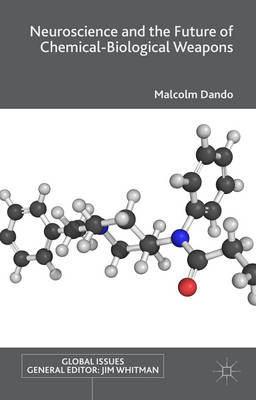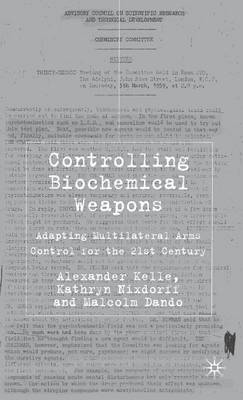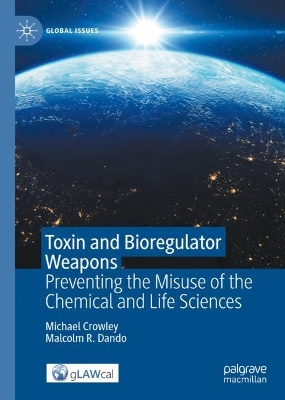Global Issues
3 total works
Neuroscience and the Future of Chemical-Biological Weapons
by Malcolm Dando
Controlling Biochemical Weapons: Adapting Multilateral Arms Control for the 21st Century
by Alexander Kelle, Kathryn Nixdorff, and Malcolm Dando
This book explores how revolutionary developments and convergence of the chemical, life and associated sciences are impacting contemporary toxin and bioregulator research, and examines the risks of such research being misused for malign purposes. Investigating illustrative cases of dual use research of potential concern in China, India, Iran, Russia, Syria and the USA, the authors discuss how states can ensure such research and related activities are not utilised in weapons development. Although toxins and bioregulators are, in theory, covered by both the Biological and Toxin Weapons Convention and Chemical Weapons Convention, this apparent overlap in reality masks a dangerous regulatory gap – with neither Convention implemented effectively to address threats of weaponisation. This book highlights the potentially damaging consequences for international peace and security, and proposes realistic routes for action by states and the scientific community.


